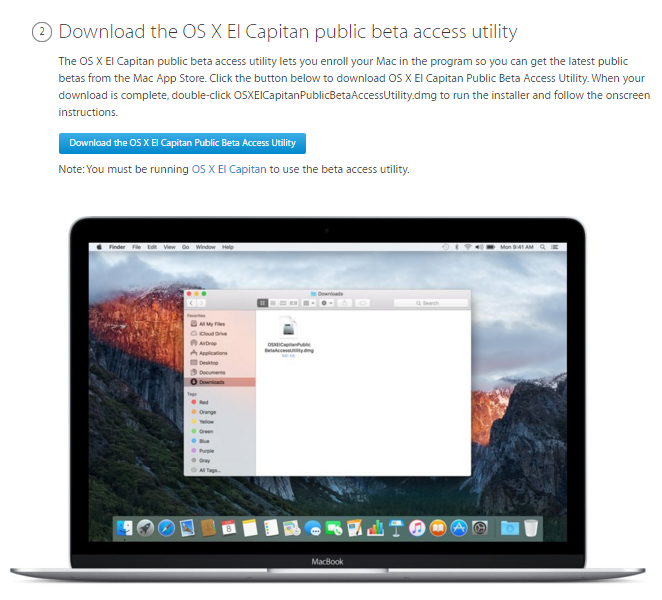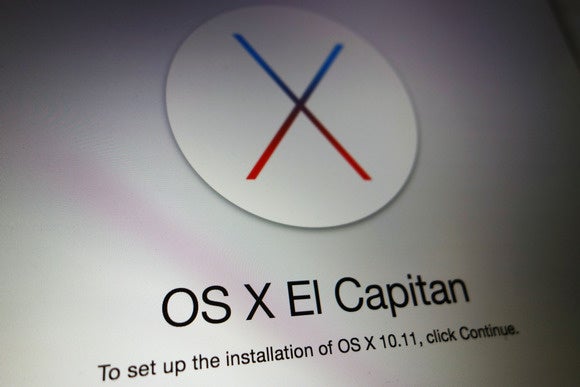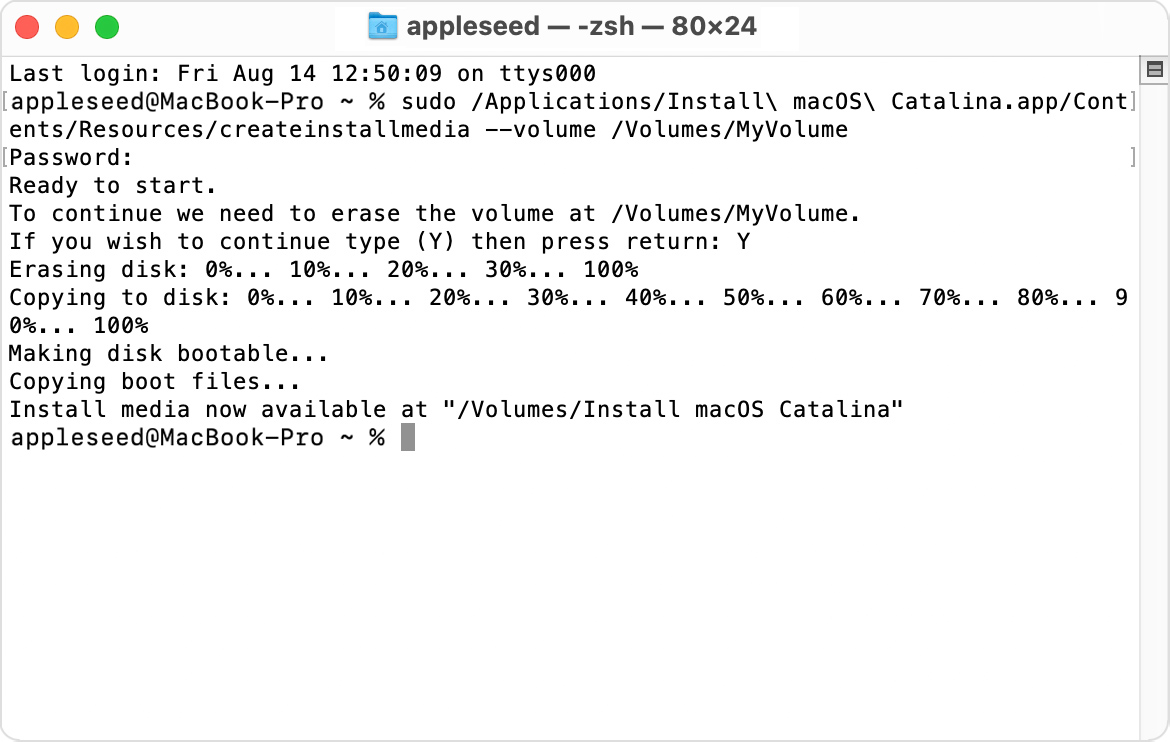- Install older OS X onto an external drive. The following method allows you to download Mac OS X Lion, Mountain Lion, and Mavericks. Start your Mac holding down Command + R. Prepare a clean external drive (at least 10 GB of storage). Within OS X Utilities, choose Reinstall OS X. Select external drive as a source. Enter your Apple ID.
- Mar 21, 2016 OS X El Capitan 10.11.4 Update The OS X El Capitan 10.11.4 update improves the stability, compatibility, and security of your Mac, and is recommended for all OS X El Capitan users. This update:. Adds the ability to passcode-protect notes containing personal data in Notes.
- Mac Os X El Capitan 10.11.6 Intel Usb Install
- Os Version 10.11
- Install Os X 10.11
- Mac Os X 10.11 Download
- How To Install Mac Os X 10.11
- Install Mac Os X 10.11 El Capitan
Setting Up A Database
How to Update My Mac to OS X 10.11.6/10.11.4? After you are done with checking the compatibility of your Mac device, it's time to follow some pre rituals to prepare your device for Mac OS X El Capitan 10.11. These steps are mandatory for the successful installation of El Capitan OS into your Mac, and Apple also suggests them. Right click on the Mac OS X 10.9 VM on the left side and go to Settings. Go to CD/DVD and go to Browse and mount the darwin.iso file. Make sure Connected is checked. The VMware Tools installer should pop right up after which you should just click Install VMware Tools and then reboot upon completion.
Rails ships with sqlite3 as the default database. Chances are you won't want to use it because it's stored as a simple file on disk. You'll probably want something more robust like MySQL or PostgreSQL.
There is a lot of documentation on both, so you can just pick one that seems like you'll be more comfortable with.
If you're new to Ruby on Rails or databases in general, I strongly recommend setting up PostgreSQL.
If you're coming from PHP, you may already be familiar with MySQL.
MySQL
You can install MySQL server and client from Homebrew:
Once this command is finished, it gives you a couple commands to run. Follow the instructions and run them:
By default the mysql user is root with no password.
When you're finished, you can skip to the Final Steps.
PostgreSQL

Mac Os X El Capitan 10.11.6 Intel Usb Install
You can install PostgreSQL server and client from Homebrew:
Once this command is finished, it gives you a couple commands to run. Follow the instructions and run them:
By default the postgresql user is your current OS X username with no password. For example, my OS X user is named chris so I can login to postgresql with that username.
Inspired by a Gist from kevinelliott - thanks!

Install from App Store
- Xcode - for command line tools required by Homebrew
Install from Third-Party Websites
Xcode Command Line Tools
Need to be installed for all the fne stuff in the latest section
Xcode > Preferences > Downloads > Command Line Tools
or
Run Xcode and accept the license! Homebrew can not install properly until this occurs.
Install Homebrew
If this is not a fresh install of Homebrew, go ahead and purge the complete installation first:
Now install Homebrew
Install common libraries via Homebrew
Install Cask application manager
Install applications via Homebrew Cask
Os Version 10.11
The following software is still in testing and not part of my default setup:

Install Chrome extensions

Some extensions are not pulled from your Google account, so re-install theam manully now:
Firefox profiles
TODO make sure the profiles are registered
After setting all the preferences, you need to reboot or at least restart Finder:
If you are curious, check this file for more possible settings.

Setup Github
Docker
Database
Install Os X 10.11
Ruby & Gems
Prepare a sandboxed ruby environment
Mac Os X 10.11 Download
within we install some gems
How To Install Mac Os X 10.11
Vagrant and plugins
Install Mac Os X 10.11 El Capitan
Install custom .dotfiles at the end, cause we utilize some of the previously installed packages



